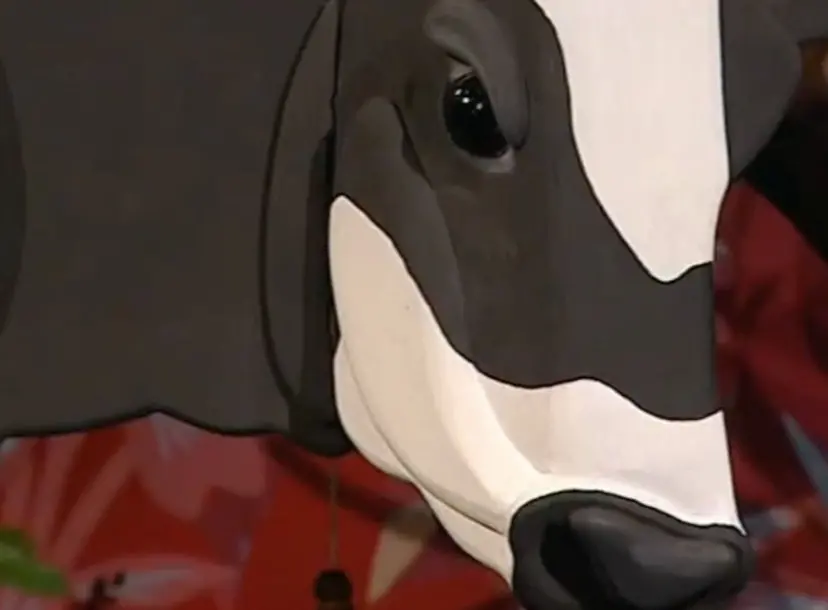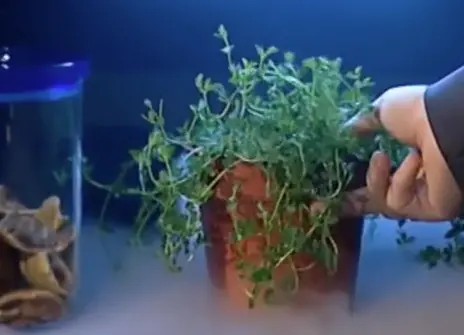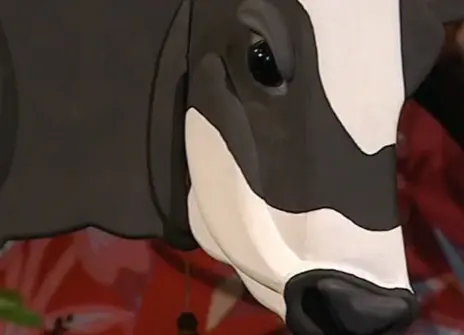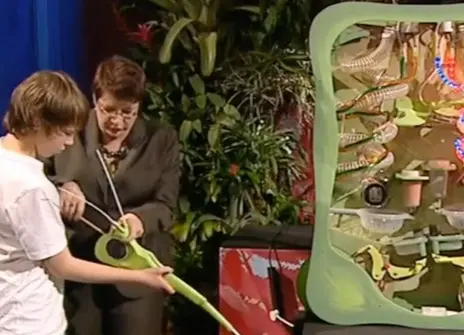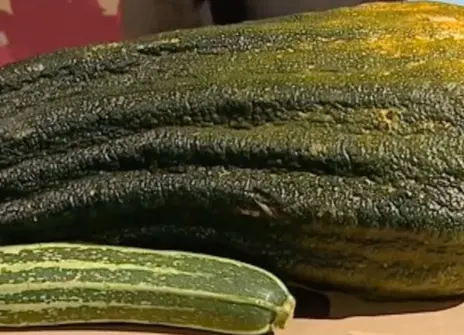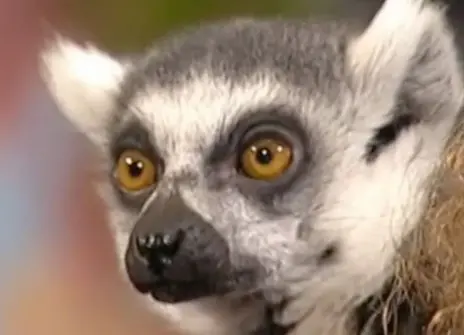Lecture 2 –The animals strike back
In this lecture, Sue Hartley explores the different ways plant-eating animals have evolved to adequately sustain themselves, and tackle plants' weapons of self-defence.
Whilst vegetation might help fill an empty stomach, it doesn't provide animals with all the nutrients they need to live and grow. Plant material is mostly cellulose, water and carbohydrate, and has very little fat or protein which are both vital to an animal’s diet. To add to the dilemma, plants have developed all sorts of self-protection mechanisms, which make it hard for animals to feast on them at the best of times.
About the 2009 CHRISTMAS LECTURES
Over the past 300 million years, plants have had to put up a fight against everything from dinosaurs to hungry caterpillars. But their startling array of defence mechanisms – including poisonous chemicals and cunning ways of communicating with allies – tell us they’re not as helpless as they look.
In this series of five lectures, Professor Sue Hartley explores the fight between plants and their predators, revealing the tricks plants hold up their sleeves, and how much of our daily lives – from our food to our drugs – is a by-product of this great war.
Sue explains the way plants have evolved to defend themselves, and how herbivores have evolved to overcome this in return. We also see how modern agricultural methods are allowing us to manipulate plants to suit our own needs, and how the changes in our climate may ultimately determine whether it is plants or animals that win the war.
